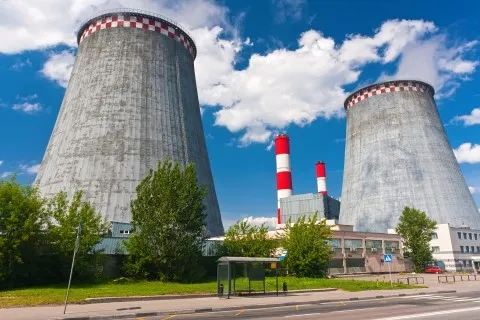
Asia is getting sick of using subcritical power plants
Ultrasupercritical plants will contribute 21% to new coal-fired gross capacity additions.
After Malaysia completed the construction of its first ultrasupercritical (USC) plant in 2015, it was yet another sign that Southeast Asia was starting to tire of subcritical power plants and were keen to shift towards more efficient coal-fired generation.
There is also expectation that USC plants will dominate China’s coal power project pipeline in the coming decade, notwithstanding concerns that the country will be ramping up its renewable energy quotas.
Subcritical coal-fired power plants in Southeast Asia operate at low average efficiencies of 33% in 2014, projected to increase to 35% by 2040, compared with supercritical and USC units that are projected to reach efficiencies as high as 40% and 45%, respectively, according to Marc Clemson, senior project manager at Mott MacDonald in Singapore.
Subcritical coal-fired power plants also have higher operating costs since their lower efficiency levels imply larger volumes of fuel input.
“For countries such as Malaysia and Thailand, which rely on the international market to procure the bulk of their coal needs and therefore face greater risk of price fluctuations, there is additional incentive to build more efficient power plants,” says Clemson.
The IEA notes that a growing share of new capacity additions are supercritical or USC. Over the period to 2040, supercritical and USC technologies represent most new coal-fired gross capacity additions at 35% and 21%, respectively.
Let’s get “critical”
The move towards supercritical and USC plants come after decades of determined industry effort and investment to reduce emissions and simultaneously improve the performance of existing coal-fired power plants, says Wolfgang Moll, portfolio manager, thermal generation projects at RWE Technology International in Germany.
“These parameters could only be realised by introducing new materials. As a direct consequence investments and operation rise in costs.”
In China, the commercial operation of the first 2x1000MW double-reheat USC power plant and rising operational experience could mean that large-scale double-reheat units with high efficiency and low emission will become the mainstream for new coal power projects in the next decade, says Youwang Shen, engineering manager at Parsons
Brinckerhoff in Singapore.













 Advertise
Advertise











